





CABE ENGLISH LANGUAGE DEVELOPMENT TEACHER ACADEMY (ELDTA) VIRTUAL SERIES
Promoting Equity for Emergent and Developing Bilingual Learners
Saturdays • October, 2022 – May, 2023
9:00 AM-3:00 PM (PST)
EIGHT LIVE VIRTUAL MODULES
ALL PRESENTED IN ENGLISH SYNCHRONOUSLY
Oct. 15, 2022
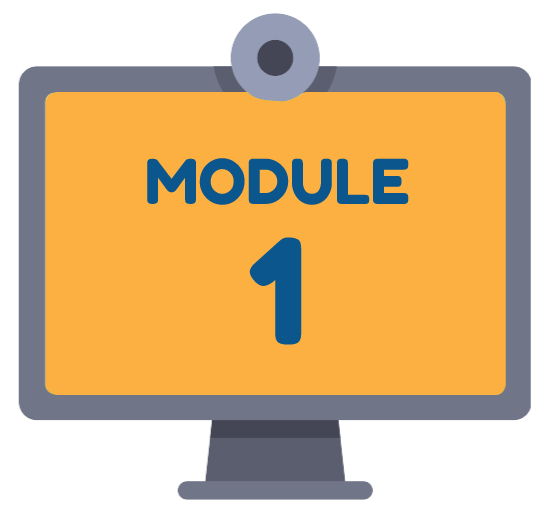
Module 1
Foundations for Effective English Learner Instruction Through the Lens of California English Learner Roadmap
The California English Learner (EL) Roadmap, California’s new policy on educating the diverse population of students in our schools who are English learners will be shared, and the shift from previous educational policy regarding ELs will be highlighted. Participants will explore the EL Roadmap Teacher Toolkits, which are designed to help teachers understand and reflect upon the new English Learner policy’s implementation in their classrooms.
Nov. 5, 2022
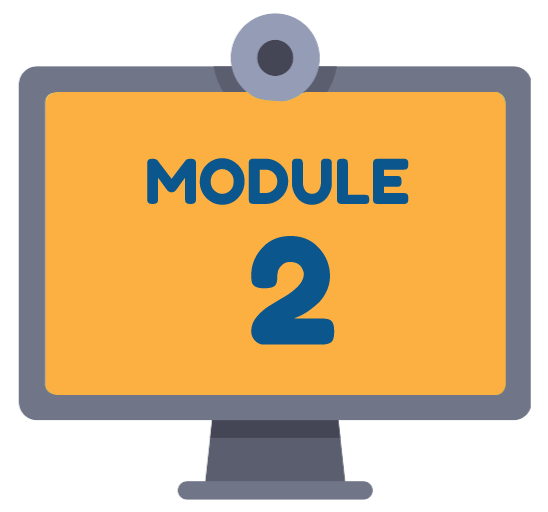
Module 2
Leveraging Students’ Multicultural and Multilingual Capital in English Language Development Instruction
Based on the principles of the EL Roadmap policy, schools must aim to create inclusive and inviting learning environments that reflect the diversity of the school community. The learning environment must reflect the languages and cultures of the community in order for students to develop a sense of belonging. Participants will explore strategies that can be implemented by multilingual and monolingual staff to create multilingual ecologies that foster and promote the use of home languages and contribute to students’ own sociocultural competence.
Dec. 10, 2022
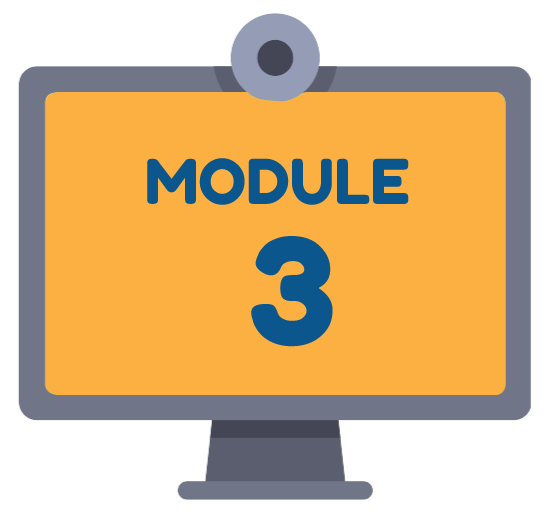
Module 3
Strategic Planning of Integrated English Language Development in the Content Areas
Participants will gain a deeper understanding of how Integrated English Language Development (ELD) support higher levels of academic achievement and English language proficiency for English learners. The English Language Arts (ELA)/English Language Development (ELD) Framework and English Language Development Standards will be reviewed. Critical components of Integrated ELD will be examined, through a sample science lesson.
Jan. 21, 2023
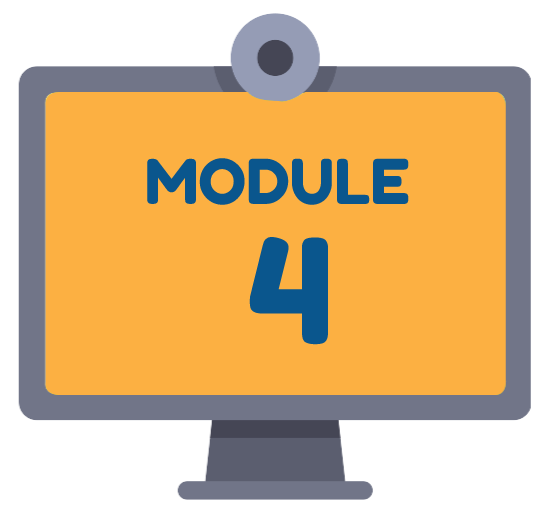
Module 4
Best Practices for Teaching Critical English Language Skills through Designated ELD
Participants will gain a deeper understanding of the essential components of Designated English Language Development (ELD) to ensure equity in education for English learners. Sample lessons will be modeled as well as guidance on student grouping, lesson planning, and connections to the content areas will be shared.
Feb. 11, 2023
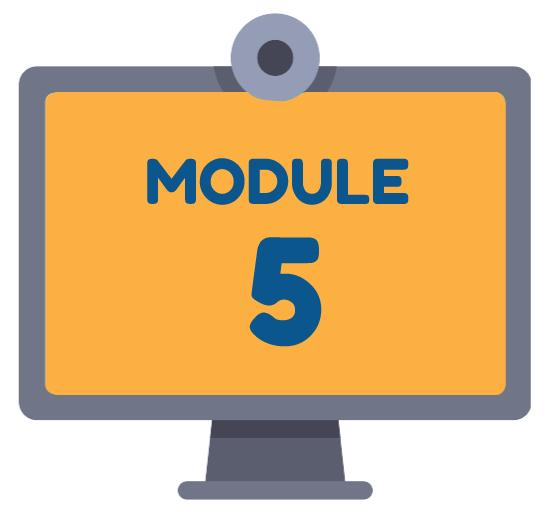
Module 5
Understanding and Meeting the Critical Needs of Diverse Typologies of English Learners
Participants will explore the various profiles and needs of Long-Term English learners and Newcomer Students, including some of the areas of language development that are the most challenging for both groups. Evidence-based techniques and strategies that work with all students will be modeled. Programs for Newcomers at elementary, middle, and high school will be highlighted, along with resources such as the US Department of Education’s Newcomer Toolkit, and other state and district toolkits. A focus on meeting the socioemotional needs of diverse typologies of English learners will be highlighted.
Mar. 4, 2023
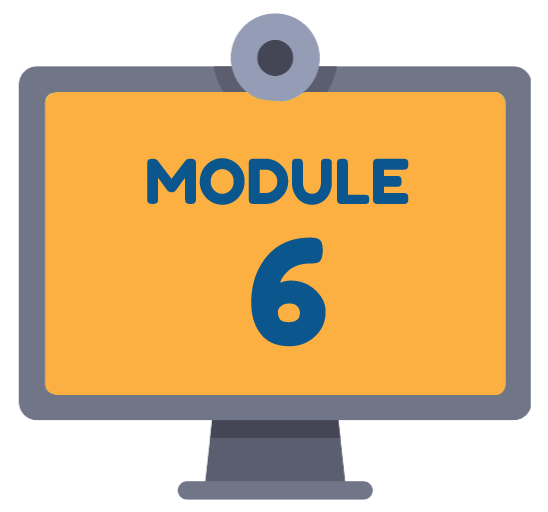
Module 6
English Language Proficiency Assessment of California Institute – Understanding and Unpacking the Structure of Task Types of the ELPAC
Participants will learn about the high-leverage instructional strategies that can help prepare English learners for success on the ELPAC, which will be modeled throughout the session. One sample ELPAC task from the listening and speaking domains will be shared.
Apr. 15, 2023
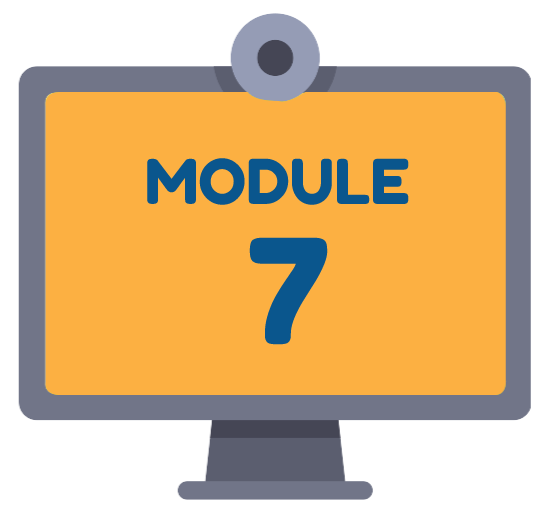
Module 7
ELPAC 2.0 – High Leverage Strategies for English Learner Success (Speaking and Listening Domains)
Participants will examine the content of the English Language Proficiency Assessments for California (ELPAC) assessment and its connection to The English Language Development (ELD) Standards. The various tasks that make up the ELPAC will also be analyzed, with a focus on how to integrate similar tasks in instruction across the content areas. The ELPAC performance level descriptors (PLDs) will also be examined along with their connection to the English Language Development (ELD) proficiency levels.
May 6, 2023
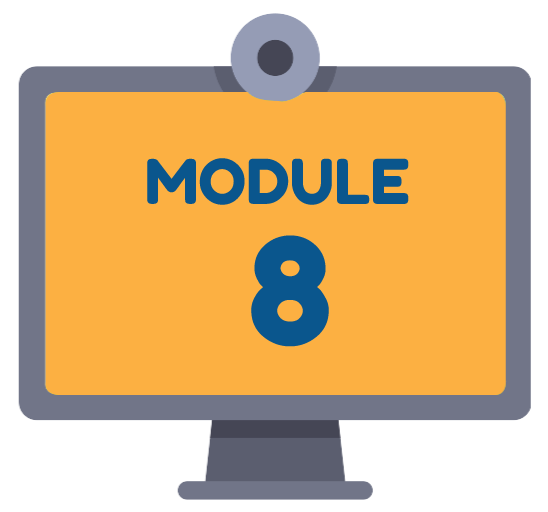
Module 8
ELPAC 2.0 – High Leverage Strategies for English Learner Success (Speaking and Writing Domains)
Participants will learn about the high-leverage instructional strategies that can help prepare English Learners for success on the ELPAC, which will be modeled throughout the session. One sample ELPAC task from the reading and writing domains will be shared.
Questions? Email us at cabepds@gocabe.org
